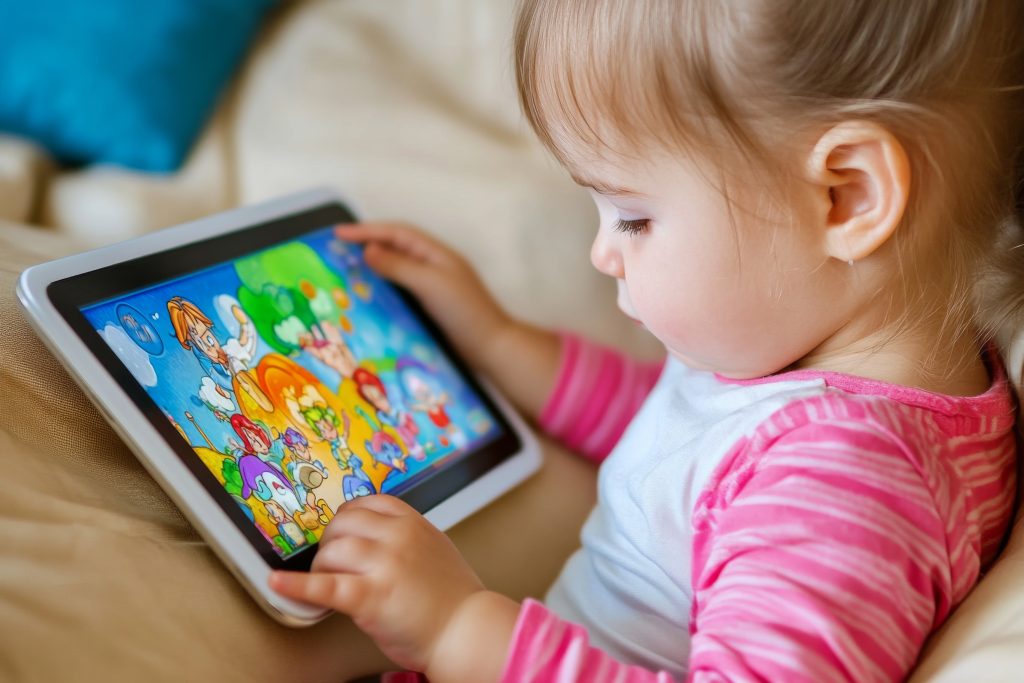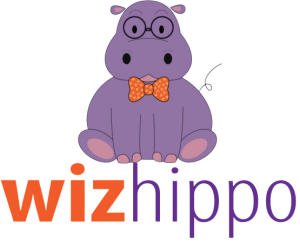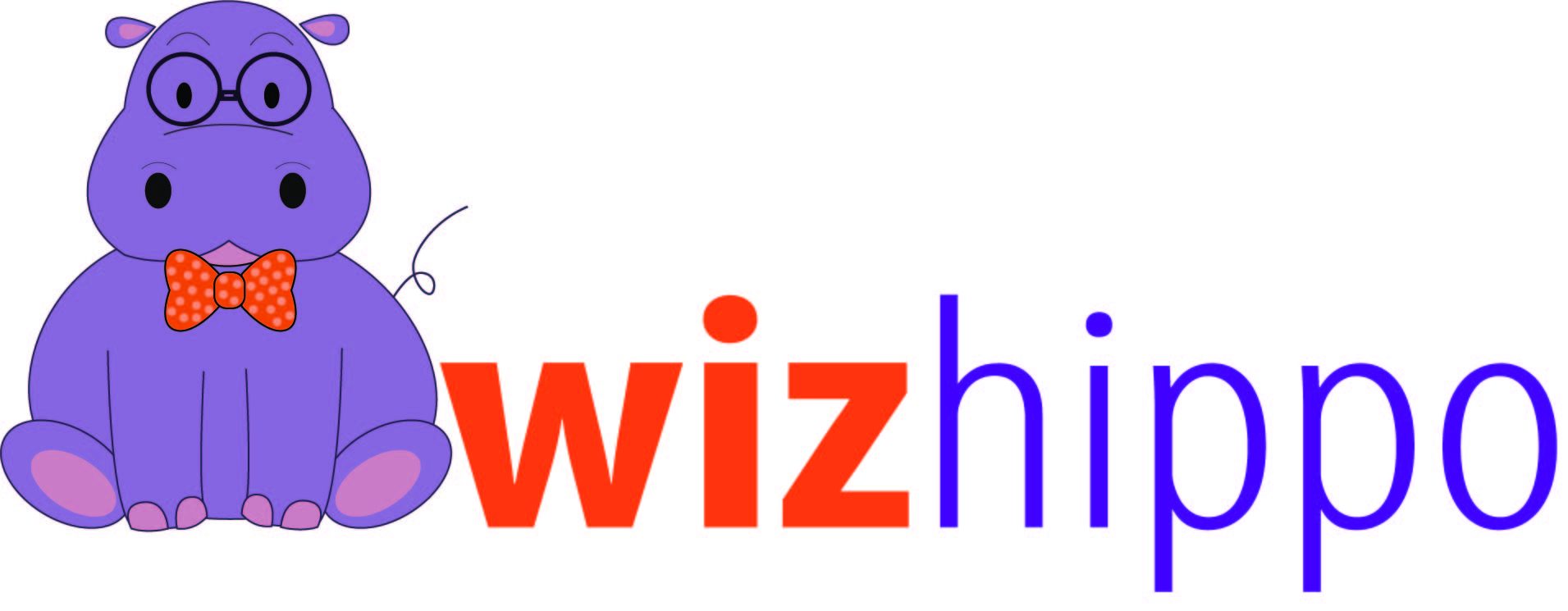
In today’s world, technology has opened up new possibilities for engaging young children in learning. One of the most effective ways to capture the attention and interest of preschool learners is through gamification—the process of applying game-like elements to non-game contexts, such as education. By using gamification strategies, educators can transform everyday learning experiences into fun, interactive, and motivating activities that encourage children to engage more deeply with the material.
In this blog, we’ll explore the benefits of gamification in early learning environments, discuss how to gamify educational experiences for preschool learners, and highlight how daycare management systems like WizHippo can support the implementation of gamified learning in daycare and preschool settings.
What is Gamification?
Gamification is the use of game elements—such as points, levels, challenges, and rewards—in non-game activities to motivate and engage participants. In education, gamification involves incorporating these elements into the learning process to make it more interactive, enjoyable, and goal-oriented.
For preschool learners, gamification taps into their natural love of play and exploration. By presenting learning activities in the form of games, children are more likely to stay focused, persist through challenges, and retain what they’ve learned. Gamification also provides immediate feedback and a sense of accomplishment, which encourages children to take ownership of their learning.
The Benefits of Gamification in Early Learning
Gamifying education offers several key benefits for preschool-aged children, enhancing both engagement and development across multiple domains:
1. Increased Motivation and Engagement
Children are naturally drawn to games because they are fun, challenging, and rewarding. Gamifying educational content taps into this motivation, making learning feel like an exciting adventure rather than a task. When children are engaged in gamified activities, they are more likely to participate actively and stay focused for longer periods.
- Example: Turning a counting activity into a game where children earn points for every correct answer can keep them excited and motivated to participate.
2. Fostering a Love of Learning
Gamification makes learning enjoyable, helping children develop a positive attitude toward education. When learning feels like play, children are more likely to approach challenges with enthusiasm and curiosity. This positive association with learning in the early years can help foster a lifelong love of learning.
- Example: A simple alphabet scavenger hunt game can turn letter recognition into a thrilling activity, sparking curiosity and excitement about language.
3. Promoting Problem-Solving and Critical Thinking
Many games involve challenges, puzzles, and decision-making, which promote problem-solving skills and critical thinking. When children encounter obstacles in a game, they learn to think creatively, try different strategies, and persist until they find a solution—skills that are essential for cognitive development.
- Example: A game where children need to sort objects by color, shape, or size helps develop critical thinking as they figure out how to group items based on different criteria.
4. Encouraging Collaboration and Social Skills
Many gamified activities are designed to be played in groups or teams, encouraging children to work together, share ideas, and collaborate to achieve a common goal. This fosters important social skills such as communication, cooperation, and empathy.
- Example: Group challenges where children work together to solve puzzles or complete a task help build teamwork and social interaction in a playful context.
5. Providing Immediate Feedback and Encouragement
One of the most powerful aspects of gamification is the immediate feedback it provides. Children can see the results of their actions right away, whether through points, levels, or rewards. This instant feedback motivates children to keep trying, boosts confidence, and helps them learn from their mistakes.
- Example: A spelling game that awards stars for correct answers provides positive reinforcement, encouraging children to continue practicing.
6. Developing Fine and Gross Motor Skills
Many gamified activities, especially those that involve physical movement, help children develop fine and gross motor skills. From using a tablet to interact with an educational app to participating in active games that require jumping, running, or hand-eye coordination, gamified learning can support physical development as well as cognitive growth.
- Example: A tablet-based game where children trace shapes with their fingers helps improve fine motor control, while a movement-based game where children hop from one spot to another supports gross motor development.
How to Incorporate Gamification in Preschool Learning
Incorporating gamification into preschool education doesn’t require complex technology or elaborate setups. With a little creativity, everyday activities can be transformed into engaging, game-like experiences. Here are some practical ways to gamify early learning activities:
1. Turn Routine Activities into Games
Many routine activities, such as cleaning up toys or transitioning between activities, can be gamified to make them more enjoyable. For example, set a timer and challenge children to see how quickly they can clean up their play area, turning it into a race or competition.
- Example: “Beat the Timer” – Ask children to clean up the classroom or put away materials within a certain time frame, rewarding them with points or praise for completing the task quickly and efficiently.
2. Incorporate Digital Learning Games
Educational apps and digital games designed for young children are a great way to introduce gamification into the classroom. Look for apps that focus on foundational skills such as literacy, numeracy, or problem-solving, and use game mechanics like levels, rewards, and challenges to keep children engaged.
- Example: A counting app that features fun characters and a points system can make learning numbers feel like a game, with children excited to reach new levels and earn rewards.
3. Create Physical Games for Hands-On Learning
Gamification doesn’t always have to be digital. Physical games, such as scavenger hunts, obstacle courses, or matching games, can be just as effective in engaging preschool learners. Incorporate elements such as earning badges, leveling up, or collecting tokens to add a playful, game-like atmosphere to these activities.
- Example: Create an “Alphabet Adventure” where children search for letters hidden around the room. For each letter they find, they earn a token or sticker, and after finding all the letters, they receive a certificate.
4. Use Visual Rewards and Progress Tracking
Visual rewards, such as sticker charts, badges, or certificates, can be a great way to gamify learning. Track children’s progress visually and provide rewards as they reach certain milestones. This encourages goal-setting and a sense of accomplishment.
- Example: Create a “Reading Champion” chart where children earn a sticker for every book they complete. Once they reach a set number of books, they receive a small prize or certificate of achievement.
5. Incorporate Team-Based Learning Games
Turn learning activities into collaborative games where children work together to complete challenges. This not only makes learning fun but also helps children build important social skills such as teamwork, communication, and empathy.
- Example: Organize a “Math Relay” where children take turns solving simple math problems and passing the baton to the next teammate. The team earns points for each correct answer, and the game fosters collaboration and excitement.
How Daycare Management Software Can Support Gamified Learning
Daycare management software like WizHippo can play a key role in organizing and tracking gamified learning activities, ensuring that they align with developmental goals and offering insights into each child’s progress. Here’s how WizHippo can enhance the gamification of education in daycare settings:
1. Activity Planning and Documentation
WizHippo allows educators to plan and document gamified learning activities, ensuring they are aligned with learning objectives. Teachers can record which games were played, the skills being developed, and the outcomes for each child.
- Feature Highlight: Educators can track the effectiveness of different games and adjust activities to meet the developmental needs of each child, ensuring personalized learning experiences.
2. Tracking Progress and Rewards
With WizHippo, educators can track each child’s progress in gamified activities, whether they’re earning badges for completing tasks, leveling up in digital games, or participating in group challenges. This progress can be recorded in the child’s profile, making it easy to monitor growth and celebrate milestones.
- Feature Highlight: Teachers can generate reports on each child’s achievements in gamified activities, providing valuable insights into their learning journey and sharing this information with parents.
3. Parent Communication and Involvement
WizHippo’s communication tools make it easy for educators to share updates on gamified learning activities with parents. Parents can receive real-time updates on their child’s progress, including the badges or rewards they’ve earned, along with suggestions for continuing the learning through games at home.
- Feature Highlight: Parents can log into the parent portal to see how their child is progressing in gamified activities, fostering greater involvement in their child’s education.
Conclusion
Gamification offers an exciting and effective way to engage preschool learners, turning everyday learning experiences into fun, interactive adventures. By incorporating game-like elements such as rewards, challenges, and points into educational activities, teachers can motivate children to participate actively, persist through challenges, and develop a love of learning.
Daycare management software like WizHippo can further enhance gamified learning by helping educators plan, track, and document activities, ensuring that every child’s learning journey is supported. With the right balance of play and education, gamification can unlock the full potential of preschool learners.
Ready to bring the power of gamification to your daycare or preschool? Visit WizHippo today to learn how our platform can support engaging, gamified learning experiences for young children.

Stay Updated with the Latest in Daycare Management!
Subscribe to our newsletter to receive expert tips, industry news, and special offers straight to your inbox. Plus, get exclusive access to free resources and guides to help you streamline your childcare operations.
